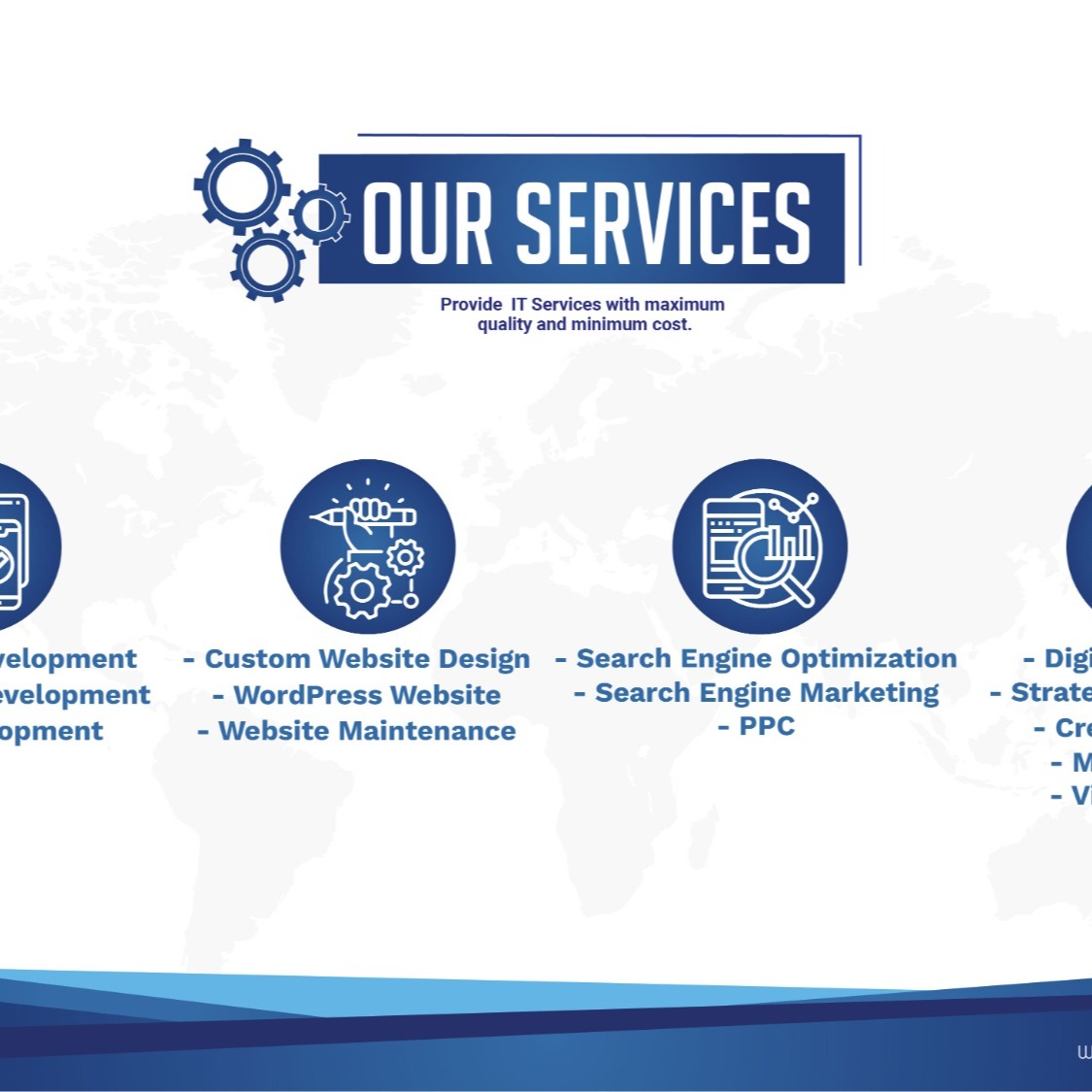Understanding Digital Marketing: A Comprehensive Guide

In today’s fast-paced digital age, businesses must adapt to the rapidly changing landscape to stay competitive. One crucial aspect of this adaptation is mastering digital marketing. But what exactly is digital marketing? How does it differ from traditional marketing, and why is it so essential for businesses today?
What is Digital Marketing?
Digital marketing refers to the use of digital channels, such as search engines, social media, email, and websites, to promote products or services. Unlike traditional marketing, which relies on print media, television, and radio, digital marketing leverages online platforms to reach a broader and more targeted audience.
The Importance of Digital Marketing
Digital marketing is vital for several reasons:
- Increased Reach: With billions of people using the internet, digital marketing allows businesses to reach a global audience.
- Cost-Effective: Compared to traditional marketing methods, digital marketing is often more affordable and offers a higher return on investment (ROI).
- Targeted Campaigns: Digital marketing enables precise targeting based on demographics, interests, and online behaviors.
- Measurable Results: Digital tools and analytics provide real-time data, allowing marketers to measure the effectiveness of their campaigns and make necessary adjustments.
Key Components of Digital Marketing
Digital marketing is a broad field comprising various strategies and tactics. Here are some of the key components:
1. Search Engine Optimization (SEO)
SEO is the process of optimizing your website to rank higher in search engine results pages (SERPs). Higher rankings increase visibility and drive organic traffic to your site. SEO involves keyword research, on-page optimization, link building, and technical SEO.
2. Content Marketing
Content marketing focuses on creating and distributing valuable, relevant, and consistent content to attract and engage a target audience. This can include blog posts, articles, videos, infographics, and eBooks. Quality content helps establish authority, build trust, and drive traffic to your website.
3. Social Media Marketing
Social media marketing leverages platforms like Facebook, Instagram, Twitter, LinkedIn, and TikTok to promote your brand and connect with your audience. It involves creating engaging content, running paid ads, and interacting with followers to build a loyal community.
4. Email Marketing
Email marketing involves sending targeted emails to prospects and customers to nurture relationships and drive conversions. Effective email marketing campaigns include personalized messages, newsletters, promotional offers, and follow-up emails.
5. Pay-Per-Click (PPC) Advertising
PPC advertising allows businesses to display ads on search engines and other online platforms. Advertisers pay a fee each time their ad is clicked. Google Ads is one of the most popular PPC platforms. PPC is effective for driving immediate traffic and generating leads.
6. Affiliate Marketing
Affiliate marketing involves partnering with other businesses or influencers to promote your products or services. Affiliates earn a commission for each sale or lead they generate through their marketing efforts.
Developing a Digital Marketing Strategy
Creating a successful digital marketing strategy requires careful planning and execution. Here are the steps to develop an effective strategy:
1. Define Your Goals
Identify what you want to achieve with your digital marketing efforts. Common goals include increasing website traffic, generating leads, boosting sales, and enhancing brand awareness.
2. Understand Your Audience
Conduct market research to understand your target audience's needs, preferences, and online behaviors. Create detailed buyer personas to guide your marketing efforts.
3. Choose the Right Channels
Select the digital marketing channels that best align with your goals and audience. Focus on the platforms where your audience is most active.
4. Create Engaging Content
Develop high-quality content that resonates with your audience. Ensure your content is informative, entertaining, and relevant to their needs.
5. Monitor and Analyze
Use analytics tools to track the performance of your campaigns. Analyze the data to identify what’s working and what needs improvement. Adjust your strategy accordingly.
Frequently Asked Questions (FAQs)
What is the difference between SEO and PPC?
SEO focuses on improving organic search rankings to drive traffic over the long term, while PPC involves paying for ads to generate immediate traffic. Both are essential components of a comprehensive digital marketing strategy.
How can social media marketing benefit my business?
Social media marketing helps increase brand awareness, engage with your audience, drive website traffic, and generate leads. It also provides valuable insights into customer preferences and behaviors.
Is email marketing still effective?
Yes, email marketing remains one of the most effective digital marketing strategies. It allows for personalized communication, nurtures leads, and drives conversions. With a high ROI, it’s a valuable tool for any business.
How do I measure the success of my digital marketing campaigns?
Success can be measured using various metrics, including website traffic, conversion rates, click-through rates, and ROI. Use analytics tools like Google Analytics to track these metrics and assess your campaign's effectiveness.
Conclusion
Digital marketing is an essential component of modern business strategy. By understanding its key components and developing a well-rounded strategy, businesses can effectively reach and engage their target audience, drive traffic, and achieve their marketing goals. Embrace the digital revolution and harness the power of digital marketing to propel your business to new heights.